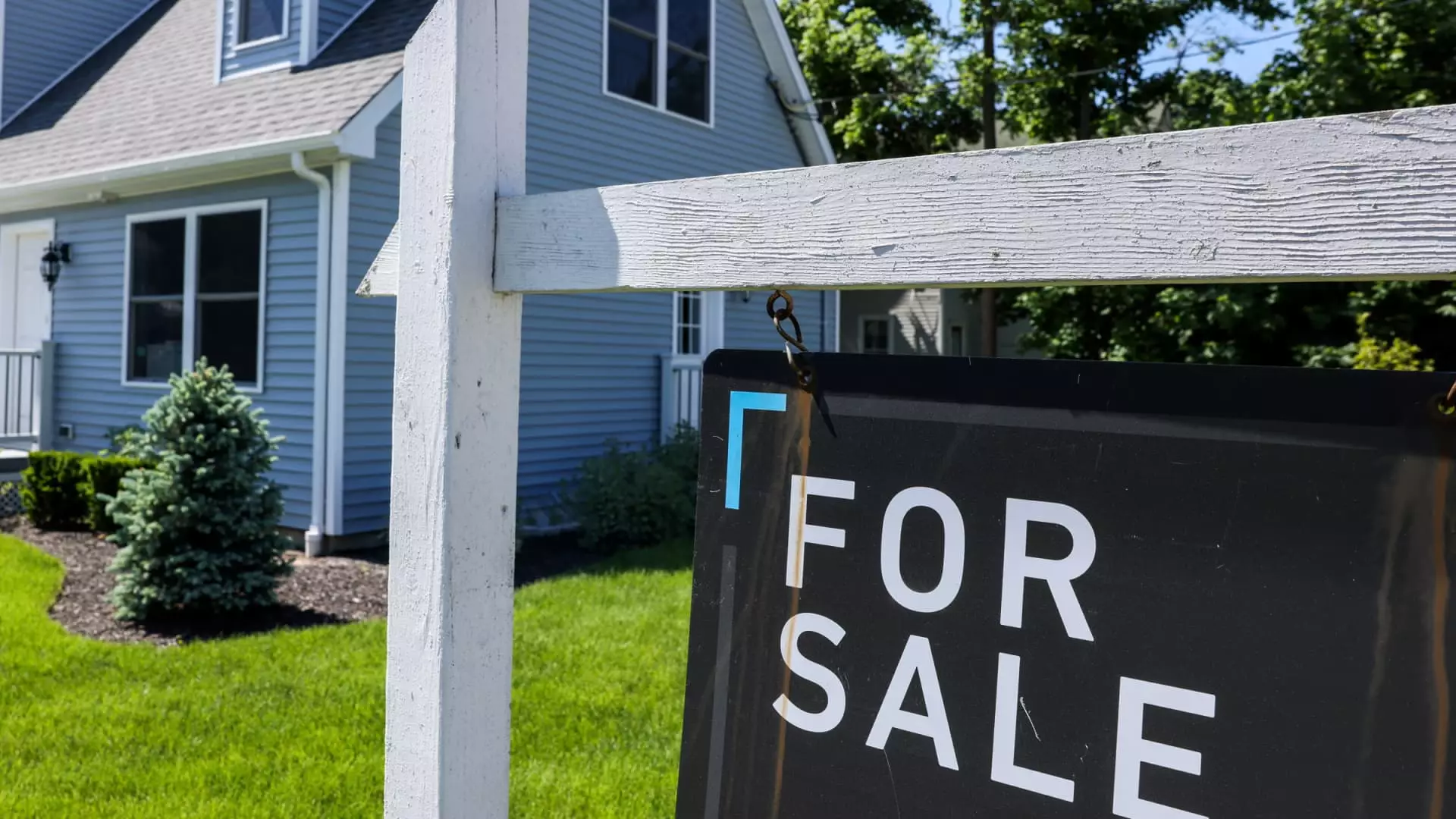In recent weeks, there has been a noteworthy decline in mortgage rates, prompting an increase in refinancing activity among homeowners. According to the latest data released by the Mortgage Bankers Association (MBA), refinance applications surged by 10% from the previous week and were up a striking 33% compared to the same period last year. This climb follows an impressive 12% increase recorded the week before, suggesting that consumers are finding refinancing increasingly attractive as rates become more favorable. The average interest rate for 30-year fixed-rate mortgages has decreased slightly from 6.97% to 6.95%, with unchanged points at 0.64 for borrowers who can make a 20% down payment.
Economist Joel Kan from the MBA indicated that this uptick in refinancing applications is largely due to a significant number of homeowners sitting on mortgages with higher interest rates. He noted that approximately 17% of mortgage-holding homeowners are tapped out with rates at or above 6%, marking the highest ratio since 2016. Although current rates hover near 7%, many homeowners are still weighing their options regarding refinancing, as the cost involved needs to be justified against potential savings. The increase in refinance loan sizes also signals that homeowners are more responsive to modest changes in mortgage rates.
Despite the spike in refinancing, the volume of new mortgage applications for purchasing homes has taken a dip. The latest statistics showed a 2% decline in new purchase applications. However, there is a slight silver lining for these numbers, as demand remains 2% higher compared to this time last year. This trend suggests that while potential buyers are still keen on entering the market, economic conditions, coupled with high prices, are inhibiting significant movement. Most transactions are now concentrated in the higher end of the market, a shift likely influenced by the reduced number of applications for Federal Housing Administration (FHA) loans, with more borrowers opting for Veterans Affairs (VA) loans.
As the beginning of this week has seen a slight uptick in mortgage rates, there is considerable speculation surrounding how upcoming inflation data, particularly the consumer price index (CPI), will affect future trends. Matthew Graham from Mortgage News Daily highlighted the uncertainty that often surrounds early-year inflation forecasts, indicating that market players are on edge. Investors are particularly eager for clarity on whether inflation will stabilize at current levels or make strides toward the targeted 2%. Such data could serve as a catalyst for further movement in mortgage rates and, consequently, influence both refinancing applications and new home purchases.
The current landscape of mortgage rates and refinancing demand is reflective of a complex housing market characterized by evolving homeowner needs and economic pressures. While lower mortgage rates have invigorated refinancing interest, the declining number of purchase applications reveals ongoing challenges for prospective buyers confronted with high prices in a constricted market. As inflation data looms on the horizon, stakeholders in the housing sector remain vigilant, bracing for potential shifts that could redefine the current trends.

